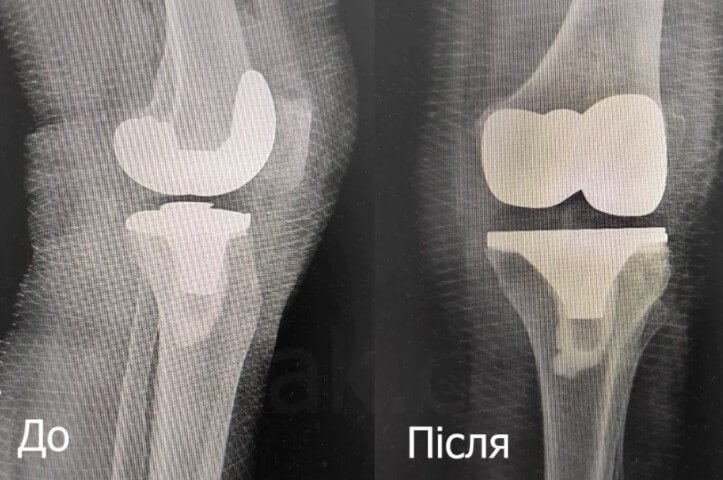Endoprosthesis is one of the most effective methods for renewing the function of joints and cysts in cases of injuries, degenerative changes and chronic illnesses, which means frailty of the patient. The success of the operation depends largely on the materials that are used for the production of endoprostheses. Metals are the main component of most prosthetics due to their properties - durability, durability and biosanity. However, the development of new technologies in metallurgy allows us to create even more effective and safe solutions for patients. In this article we look at what types of metals are used in endoprostheses, as well as innovative approaches to their processing and selection.
Types of metals for endoprostheses
Metals, what to do with endoprosthetics, guilt withstand harsh conditions with respect to durability, corrosion resistance and biological integrity. The most commonly used materials are titanium, cobalt-chromium alloys and stainless steel. These metals have their own unique properties, making them optimal for all types of prostheses.
Titanium: one of the most popular materials due to its lightness, ій values and biosumity. Titanium practically does not cause allergic reactions and does not succumb to corrosion in the body, which makes it ideal for long-lasting corrosion. It is widely used for prosthetic restoration of knee and knee joints.
Cobalt-chromium alloys: these alloys are characterized by high hardness and resistance to wear, which should be used with their properties for research in prosthetics, which recognize the great mechanical advantages. However, due to its rigidity, problems with adaptation to the patient’s body may arise.
Stainless steel: used in many types of prostheses due to its low cost and good mechanical properties. However, titanium and cobalt-chromium alloys are less resistant to corrosion, which means they are less resistant to corrosion.
Innovative solutions in metallurgy
Current research The spheres of metallurgy are aimed at reducing the power of metals, which are used in endoprosthetics. One of the key directions is the development of new alloys from improved resistance to wear and corrosion. For example, the development of nanostructured materials makes it possible to increase their value without increasing the wear of prostheses, which significantly improves patient comfort.
In addition, metal surface processing technologies such as plasma New processing and application of biochemical coatings allow the creation of prosthetics with greater integration with tassel fabric and change the vestments of the trade. For example, hydroxyapatite coatings have a natural structure of cystic tissue, which is compatible with the formation and stable fixation of the implant.
Innovations in metallurgy also include the introduction of 3D - a combination of metal powders, which allows you to create individual prostheses, completely adapted to the anatomical ones characteristics of a particular patient. This approach not only improves the accuracy of the operation, but also significantly changes the recovery time after surgery.
Reliability and durability of endoprostheses
One of the The most important characteristics of endoprostheses are their durability. Patients who require replacement of joints can receive a replacement prosthesis without the need for repeated surgical procedures. The choice of materials is of utmost importance to ensure durability, and metal alloys, such as titanium and cobalt-chrome, are the most suitable for these purposes.
Metals are characterized by high resistance to mechanical wear, which is critically important in prostheses such as recognize the peaceful avant-garde. For example, titanium endoprostheses can be designed to protect physical requirements, while preserving their structure. This is especially important for patients who lead an active lifestyle and require stable work over a long period of time. Cobalt-chromium alloys, due to their high hardness, also provide high resistance to wear, which is the service term of prosthetics.
Around this, modern metal processing technologies, such as and due to plasma treatment and coating application, its resistance increases to corrosion and reduce biosanity. This allows us to reduce the risk of complications and distortion of prostheses by the body, so that they are safe and reliable in the long term.





